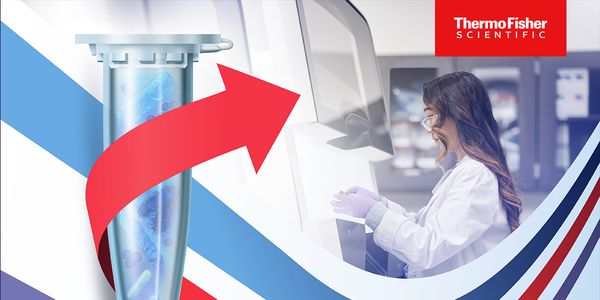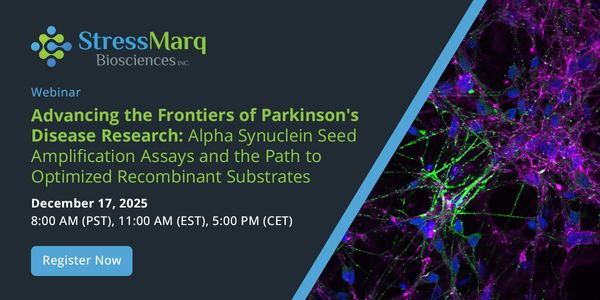Setting Up Next-Generation Sequencing for the Needs of Routine Molecular Diagnostics With a Focus on the Suitability of the GeneReader NGS System for Lung Cancer Patients
-
Paul Hofman, MD, PhD
Head of the Laboratory of Clinical and Experimental Pathology, Pasteur Hospital, Head of the Human Biobank Unit, Pasteur HospitalBIOGRAPHY
The introduction of targeted therapies into the clinical management of lung adenocarcinoma has had a massive impact on patient care. Multiple driver mutations are now druggable and treatments differ depending on the mutational pattern of each patient with advanced lung adenocarcinoma. Consequently, mutational analysis is critical for treatment decisions in clinical routine practice. While several techniques have been developed and introduced into clinical care over the past few years, next-generation sequencing (NGS) has evolved to become the new standard in molecular diagnostics for most institutions. Thus, the development of targeted sequencing panels, which only cover specific and relevant mutations, make NGS affordable and suitable for high-throughput processing. There is no consensus system for individual sample tracking and the storage of meta information which is therefore required to be set up in each diagnostic laboratory individually. Additionally, setting up a NGS workflow requires well-trained personal, complex workflows and the need for specialized bioinformatics to analyze and interpret the results. Two different sequencing techniques were established initially for NGS in clinics, the Ion Personal Genome Machine (PGM) and Illumina sequencing. While both systems are based on fundamentally different sequencing principles, their purpose for clinical mutation analysis is quite similar. However, both systems require each diagnostic laboratory to develop their own workflow, leading to a plethora of “homebrew” solutions as different devices for sample preparation can be integrated in the respective workflows
QIAGEN developed a novel sequencing system, the GeneReader, specifically designed for the needs of routine molecular diagnostics. In contrast to the existing solutions, the GeneReader system provides a complete workflow from sample preparation to data analysis. This reduced hands-on time during sample preparation, increased sample traceability and reproducibility address many of the issues of “homebrew” NGS solutions. Bioinformatic analysis is well integrated into the workflow and automated to strongly improve the quality and efficacy. The GeneReader can easily be installed and integrated into a routine pathology laboratory. Only limited training of the technical personnel is necessary. The high traceability is a strong advantage for daily routine sequencing and maybe very helpful for easily getting an accreditation according to the ISO 15189 norm.
Here we will present the main characteristics of the GeneReader NGS system and the potential for using this system in daily practice. We demonstrate the suitability of the GeneReader NGS system in routine in a clinical and molecular pathology laboratory setting.
Setting Up Next-Generation Sequencing for the Needs of Routine Molecular Diagnostics With a Focus on the Suitability of the GeneReader NGS System for Lung Cancer Patients
Please update your information
Certificate of Participation
DOWNLOAD CERTIFICATE






